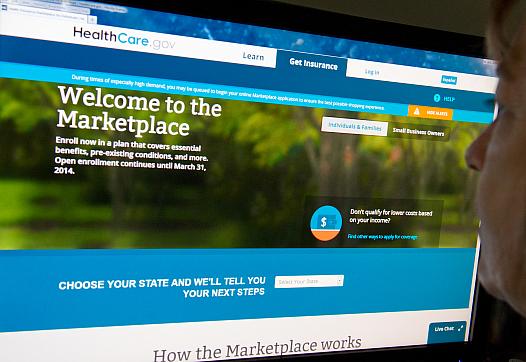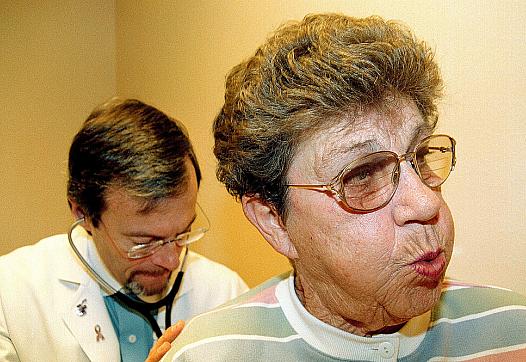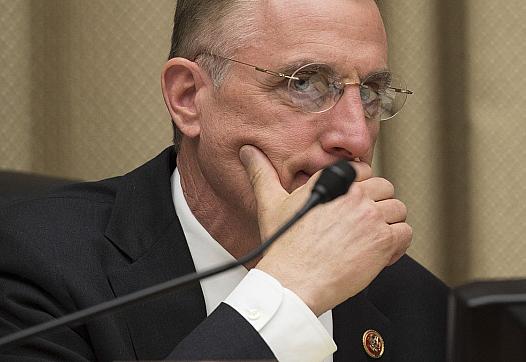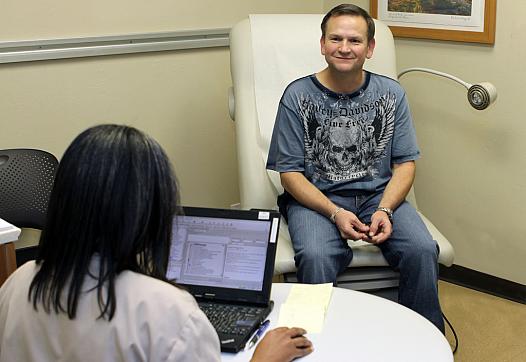
The health insurance co-ops created under Obamacare have largely turned out to be a massive failure. How did so many co-ops run aground so quickly? A look at their short, troubled history.

The health insurance co-ops created under Obamacare have largely turned out to be a massive failure. How did so many co-ops run aground so quickly? A look at their short, troubled history.

In covering the health care workforce beat, just reporting a simple number detailing the size of provider shortages or surpluses can be very misleading, explains researcher Susan Skillman in this tip sheet.

“We expected to find a larger difference between plans on and off the exchange,” said researcher Simon Haeder. “In both cases, it was very unlikely to get an appointment.”

The goal of health care spending is to achieve good health results, and that requires measuring and rewarding success. Unfortunately, the measures likely to be used for the next stage of health reform won’t get us there.

Journalists can and should hold local hospitals accountable for matching a stated commitment to transparency with concrete actions. It's a difficult job, but here are some ways reporters can get started.

A long-deferred attempt to reform mental health care advanced out a House committee this week. Here's a look at how the bill seeks to change "the nation's broken mental health system," and some of the coverage to date.

Inmates who cycle in and out of jail can drive up incarceration and health care costs, says researcher Shannon McConville. Can Medicaid make a meaningful difference?

Our Remaking Health Care blog talks with Shannon McConville of the Public Policy Institute of California about how the health care safety net has fared under Obamacare, as well as other developments reporters should keep tabs on.

As health costs keep rising and insurers recalibrate their Obamacare plans, House Speaker Paul Ryan has proposed creating separate risk pools to insure sick people and lower premiums.

This week, California officially begins enrolling eligible undocumented kids in the state's Medicaid program. Here are a few things to keep an eye out for as the enrollment effort gets going.